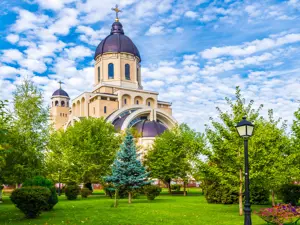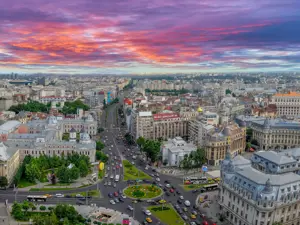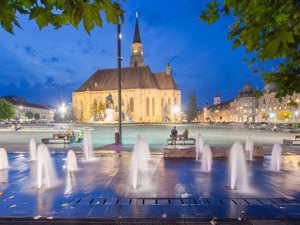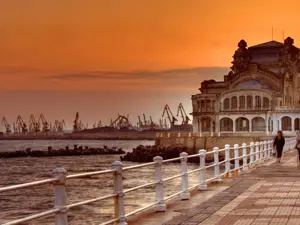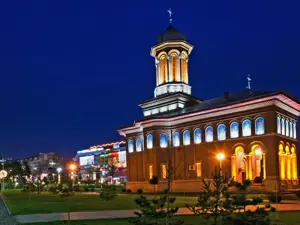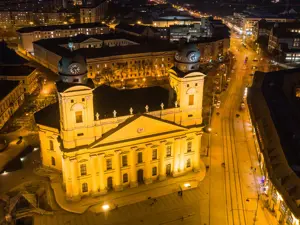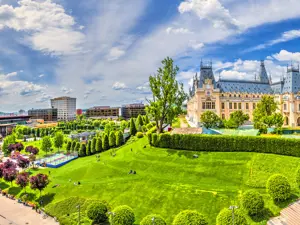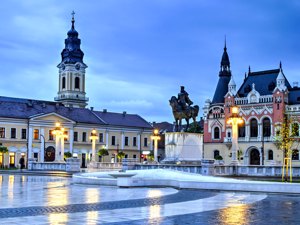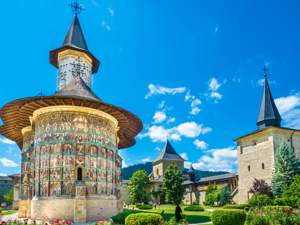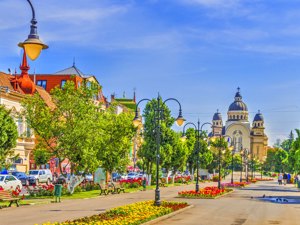Arad, the little Vienna of Romania
It was with this expression that Arad was defined by the historian, poet and Romanian prime minister Nicolae Iorga at the beginning of the nineteenth century, on the occasion of his visit to the city. Arad had, in fact, many features in common with the capital of the Austrian-Hungarian Empire, including its town-planning layout and the style of its buildings, one of the most outstanding of which is the majestic Cenad Palace.
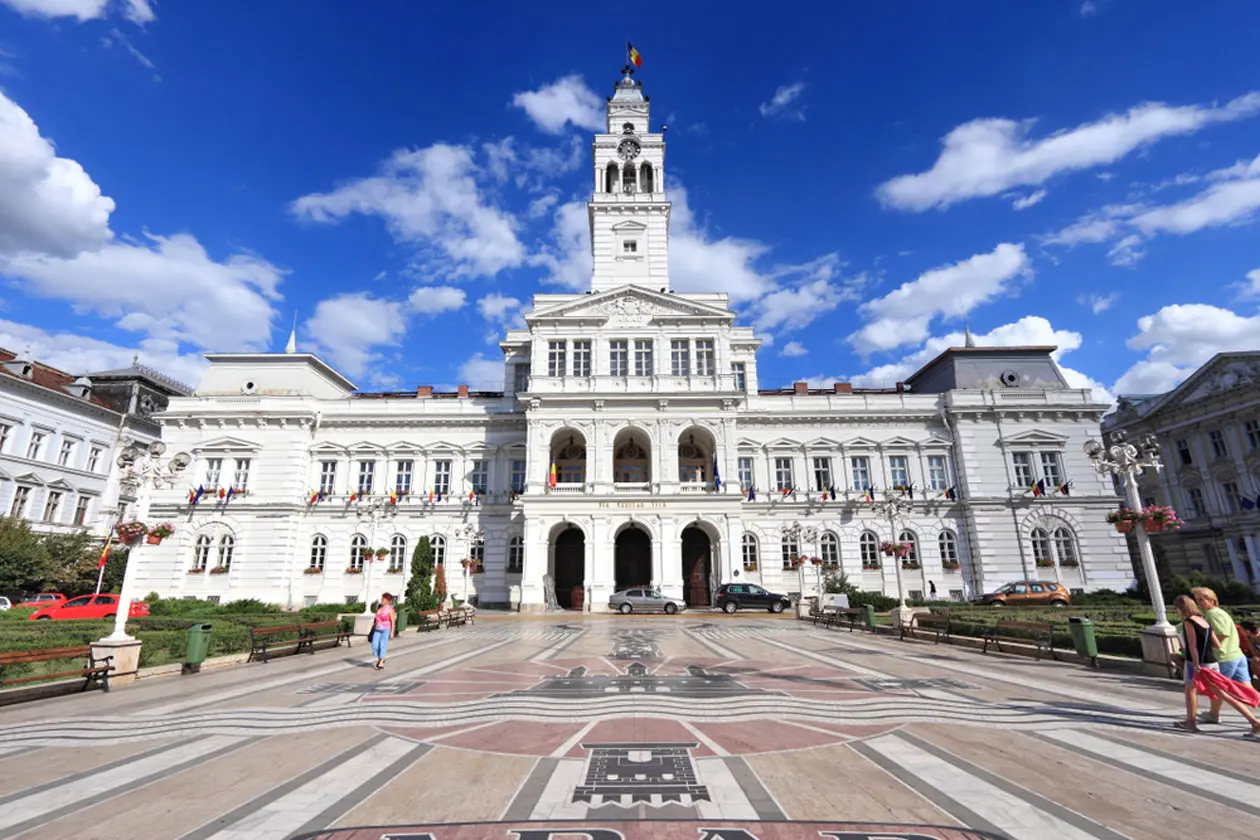
Arad lies near the hills of Transylvania on the banks of the Mures River, which originates in the Carpathian Mountains in the west of the country. After being under Hungarian rule in the IX century, it was only in 1329 that Arad was given the status of city, which it retained until the middle of the sixteenth century when it fell under Ottoman rule. Arad had to wait for the rule of Prince Michael the Brave, who conquered the Turks, until it acquired a new, short period of independence from 1595 to 1615.
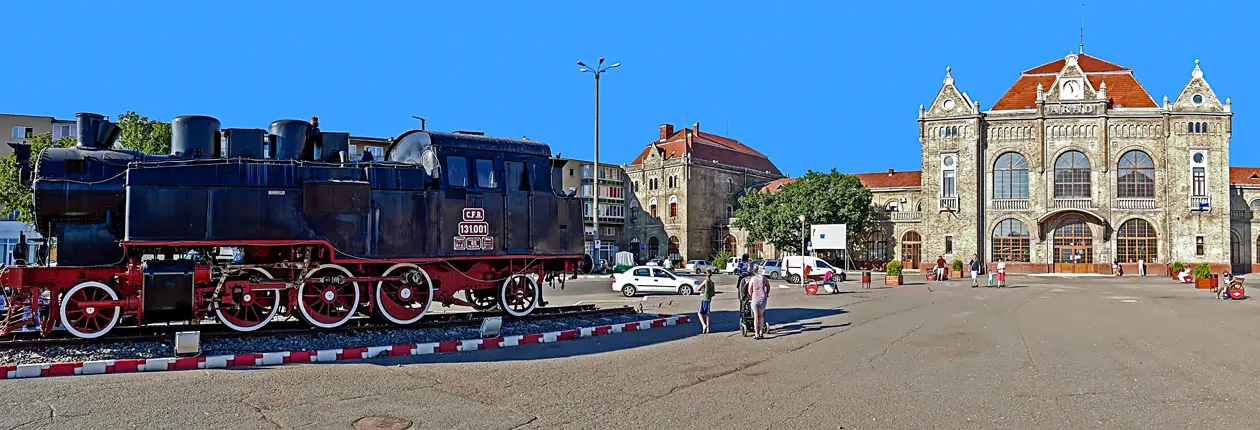
The conquest by the Austrian kingdom marked a change in the destiny of the city, which from 1687 began to prosper in economic and demographic terms. In 1870 the city was considered the most populated in Transylvania, with its 32,000 inhabitants, streets lit by gas lamps and the fervour of its businesses. Among these, given the presence of abundant wood from the many surrounding forests, were the many furniture manufacturers, some of which acquired great fame even beyond the borders of the Empire, and which over the course of a few years were joined by enterprises manufacturing locomotives, engines for automobiles, textiles, watches and toys. At the end of World War II, in 1919, the Romanian army with the Sixth Alpine Corps entered the city, which was annexed to the kingdom of Romania.
Fortress of Arad
The monuments found in the city mark the stages of its history, beginning with the Fortress of Arad, which was built at the time of the Empress Maria Theresa and her son Joseph II in the second half of the eighteenth century. The fortress, which is considered a masterpiece of military engineering, is situated on a bend in the River Mures, which surrounds it on three sides. It has the shape of a double six-sided star and inside houses military buildings and barracks.
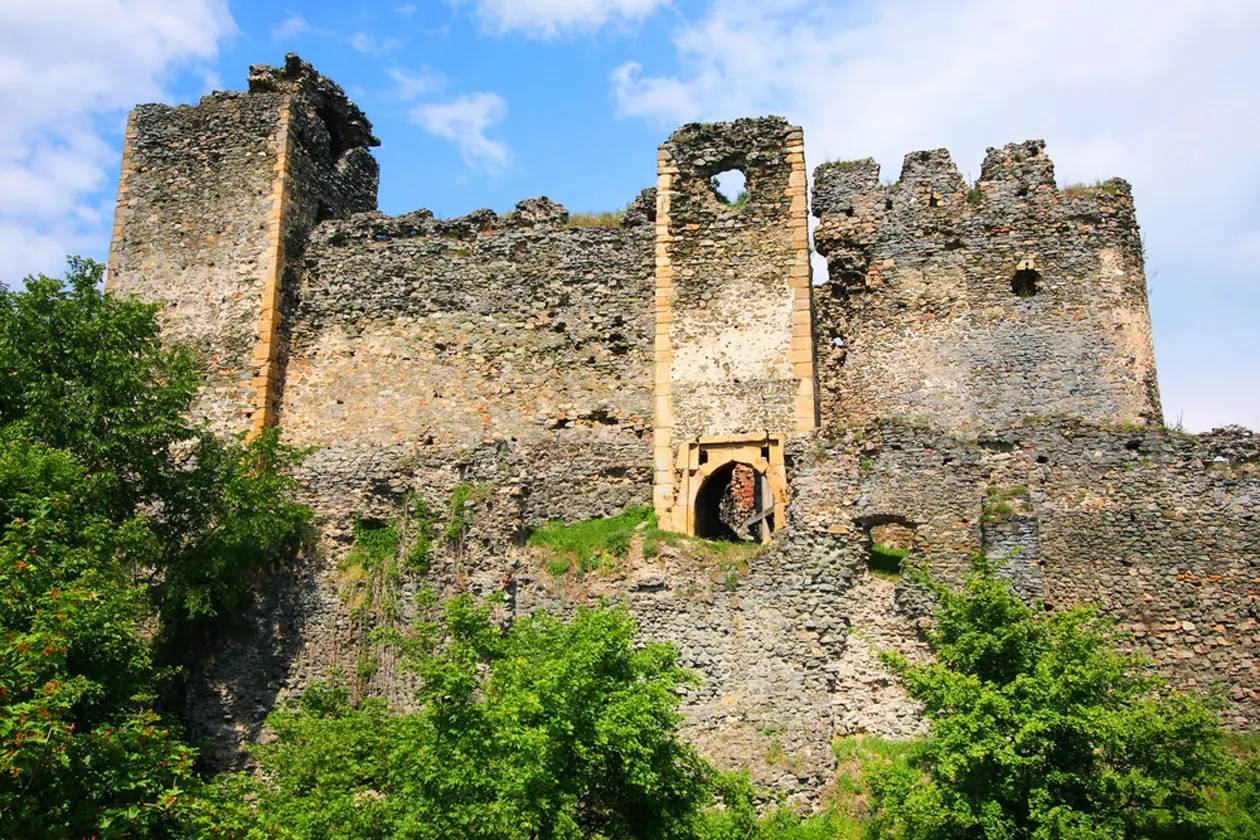
The Palace of Culture is also found along the river. This building was constructed in 1913 according to the designs of the local architect Ludovic Szantay in an Eclectic mixture of architectural styles that range from Neoclassical and Gothic to Italian Renaissance. Currently the Palace offers a room for concerts and an interesting, though small, archaeological section displaying finds from digs around Arad. But there are also other sections dedicated to the revolution of 1848 and to examples of local art, which range from embroidery, ceramic objects and even agricultural tools.
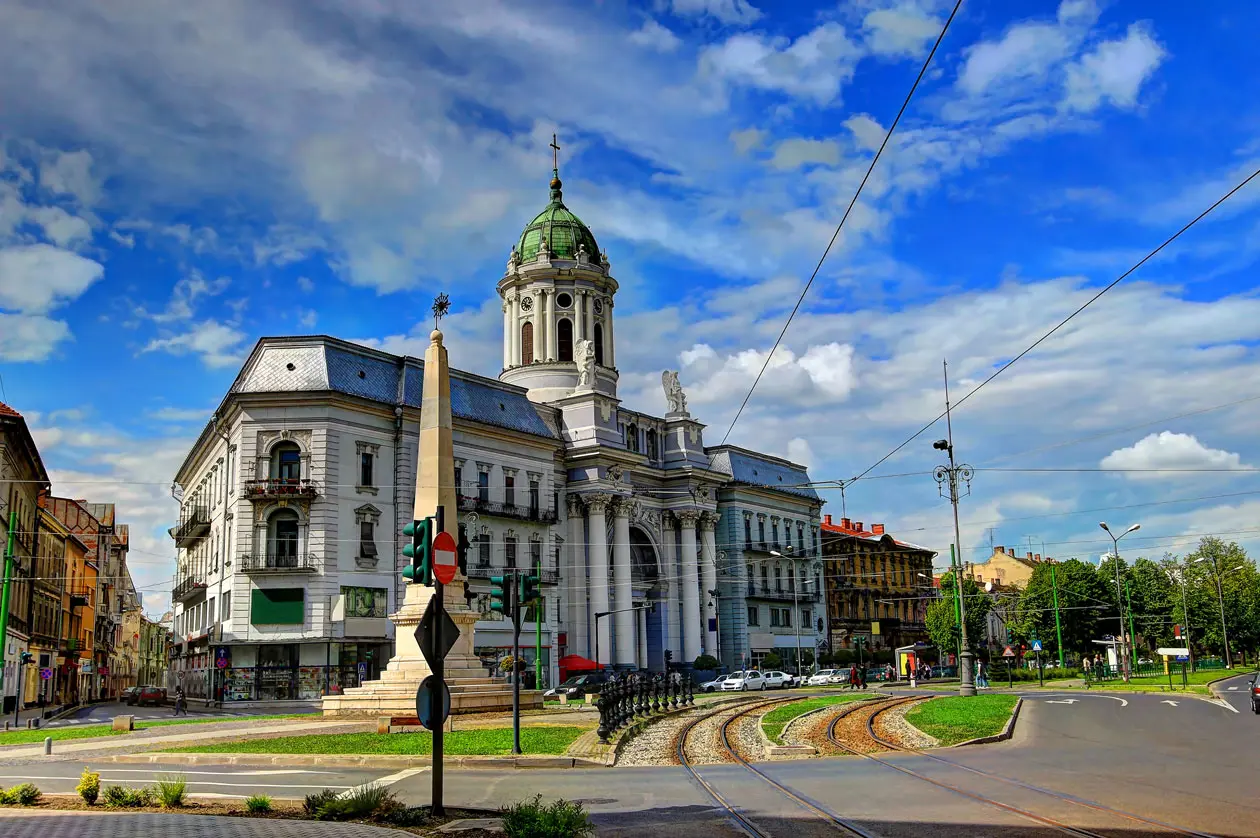
The Philharmonic Society of Arad also has its headquarters here. The genius of the same architect Ludovic Szantay was also responsible for the Evangelical church known as the Red Church due to the colour of the red bricks used for its construction, as well as the 46 metre-high bell tower. An interesting feature inside is a magnificently elaborate pulpit and Gothic altar decorated with a painting depicting Jesus praying in the Garden of Gethsemane.
Among the buildings dedicated to culture is the Ioan Slavici Theatre, built in Neoclassical style and named after the famous Romanian writer and journalist who was born in the nearby village of Siria.

Traditional dishes
The countryside around Arad is scattered with vineyards producing very fine wines, including Merlot and Cabernet for red wines and Cadarca for whites, as well Feteasca grape varieties for light, dry wines. The local cuisine has Turkish influences due to the permanence of the Ottomans in the region: the most widespread dish is ciorba, a soup of meat and vegetables, but sarmale are also popular. These are rolls of cabbage leaves or vines stuffed with heavily spiced meat, rice and vegetables.
Text by Anna Glik
Avion Tourism Magazine
Reproduction reserved.
Tourist Offices
Partnership with Booking.com
Where to sleep in Arad
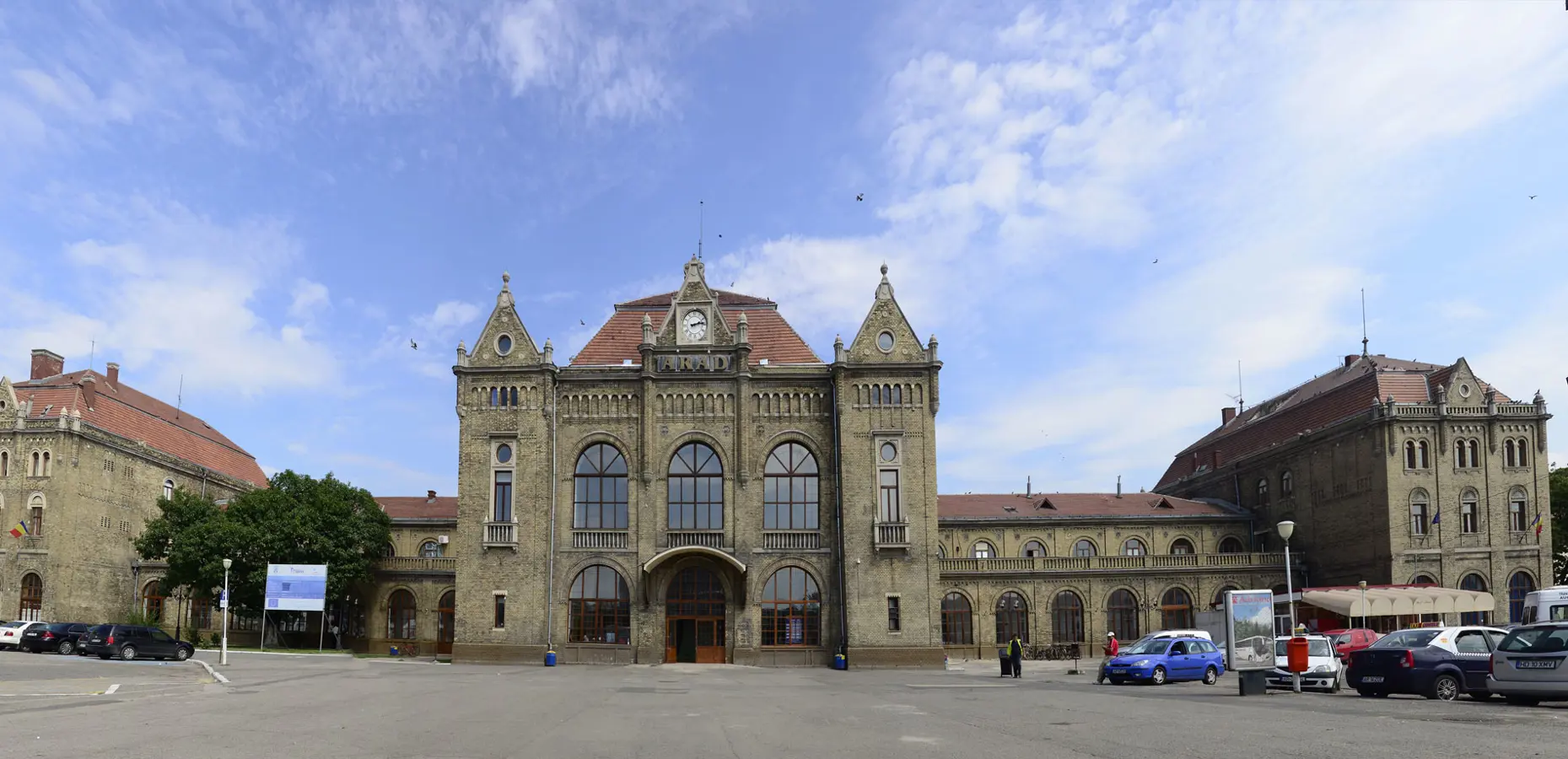
Arad is a welcoming city and offers different possibilities for accommodation.
To find the ideal hotel and the best offers you can do a search for the stars but also for districts or landmarks.
AIRPORT
Hotels near the airport
where to go
Monuments
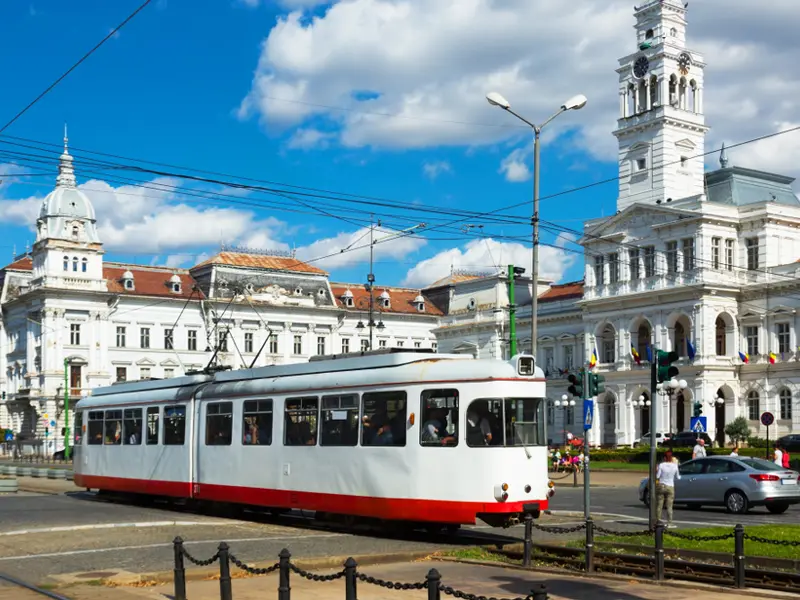
BULEVARDUL REVOLUTIEI
The broad tree-lined Bulevardul Revolutiei include the impressive white City Hall Palace (1875), the Palace of Culture (1911-1916), the neo-Gothic and Secessionist-style Red Church (1906), the large, domed Roman Catholic Church (1902-1904) and the neo-Classical State Theatre (1874).

SYNAGOGUE
Str. Dobra 10
Built between 1827 and 1834 in typical Moorish style, the large Jewish Orthodox synagogue has stained glass windows and beautiful bronze doors showing Jewish symbols. The door leads into the five-story synagogue, with a large cupola. An enormous organ, known to be one of the best in Europe, covers an entire wall.
Built between 1827 and 1834 in typical Moorish style, the large Jewish Orthodox synagogue has stained glass windows and beautiful bronze doors showing Jewish symbols. The door leads into the five-story synagogue, with a large cupola. An enormous organ, known to be one of the best in Europe, covers an entire wall.
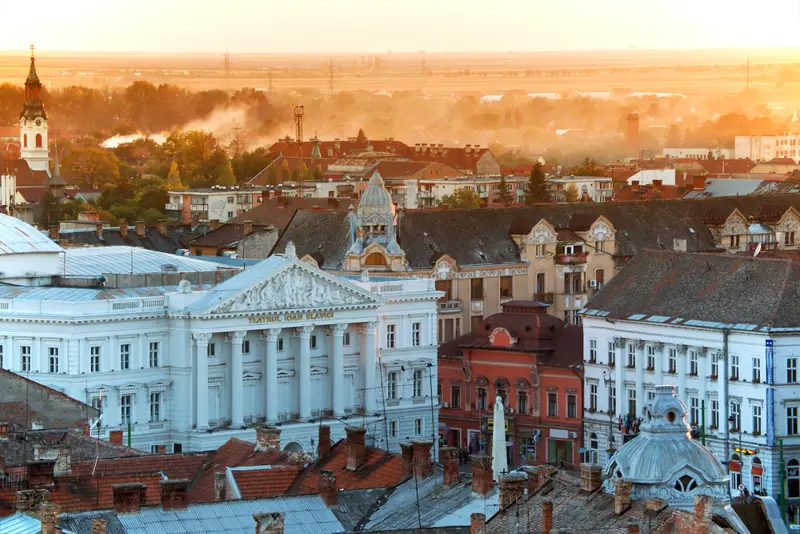
OLD THEATRE
East of Piata Avram Iancu stands the Old Theatre (1817) where national poet Mihai Eminescu once worked. It became the Urania Cinema in 1903 but is now being restored as a theatre.
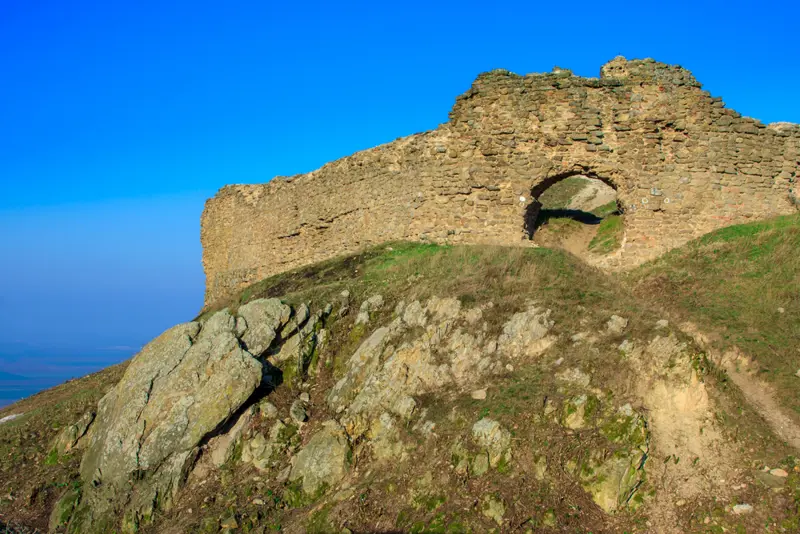
ARAD FORTRESS
The Arad Fortress (Cetatea Aradului) boasting a Vauban-style fortress with a six-pointed star shape, was built under the orders of Hapsburg empress Maria Theresa between 1763 and 1783.
Museums
MUSEUM COMPLEX OF ARAD
Piata George Enescu 1
The Museum Arad was opened in 1893 and two decades later, the museum has been moved into the new built Cultural Palace in 1913. Besides the old relics exhibition, archeological and medieval history collections were put on display and an European art gallery has been opened as well. After a radical reorganisation today, the museum manages a collection of over 125.000 pieces being an active actor on the Arad cultural scene, assuming a reformative role.
The Museum Arad was opened in 1893 and two decades later, the museum has been moved into the new built Cultural Palace in 1913. Besides the old relics exhibition, archeological and medieval history collections were put on display and an European art gallery has been opened as well. After a radical reorganisation today, the museum manages a collection of over 125.000 pieces being an active actor on the Arad cultural scene, assuming a reformative role.
Excursions
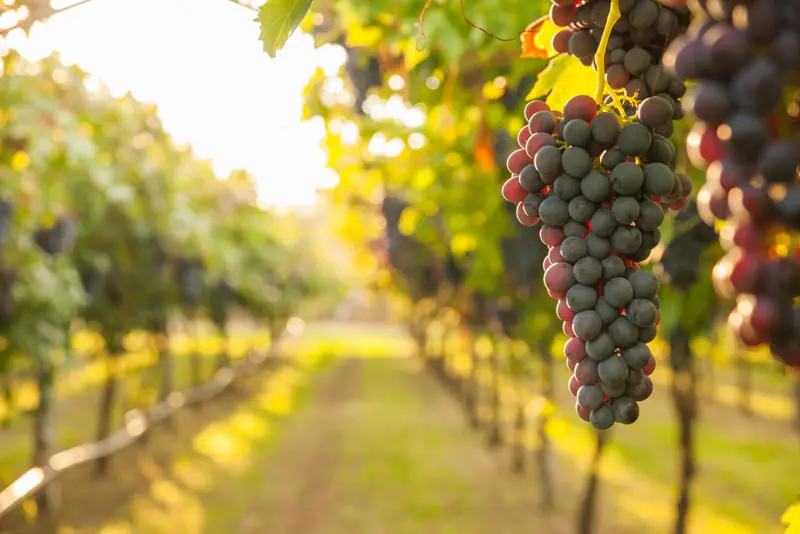
MINIS MADERAT VINEYARD
The vineyards of Arad stretch on the hills bordering the western part of the Zarand Mountains, between Lipova and Pancota. Star of the region is the vineyard of Minis. In 1862, at a wine contest in London, Rosu de Minis was awarded the biggest prize. More than a century before, the wines of Minis were exported to England, Sweden, the Netherlands, Germany, Switzerland and even America.
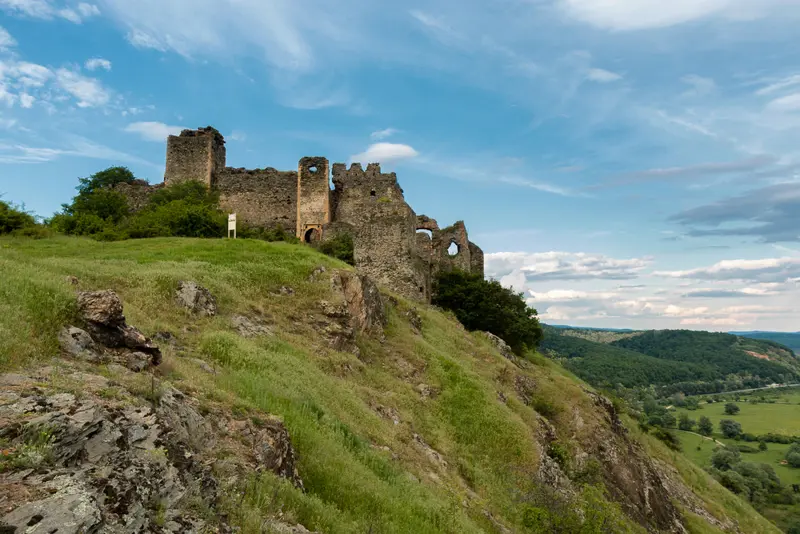
SOIMOS FORTRESS (Cetatea Soimos)
East of Lipova, you can visit the open stone ruins of Soimos Fortress, once guard keeper of the trading route between Transylvania and Crisana. Dating from the 13th century, the fortress was later abandoned around the year 1790.
Partnership with GetYourGuide
All tours and excursions
Luxury
You might be interested in
Destinations found in the vicinity
Airports nearby Arad



